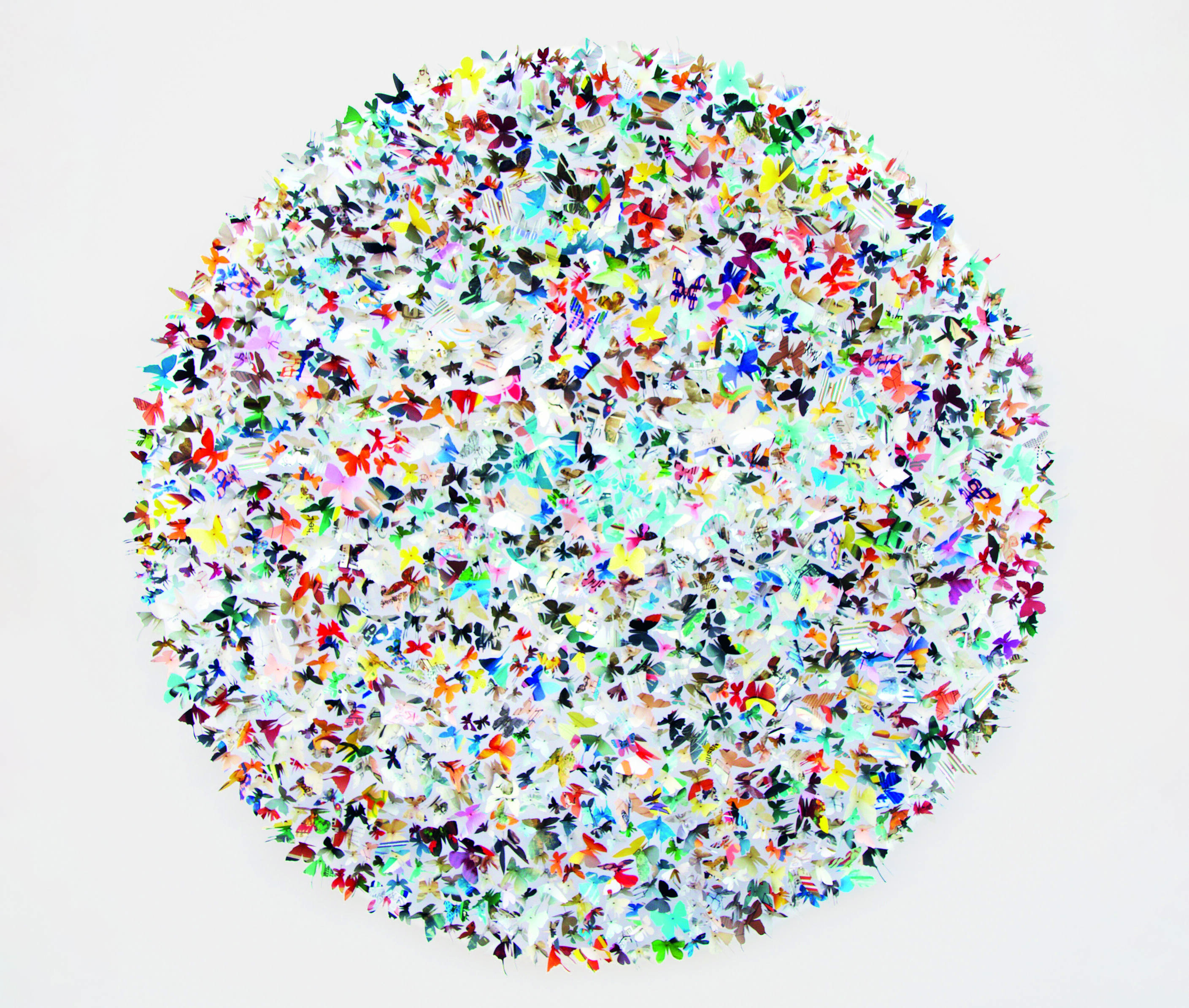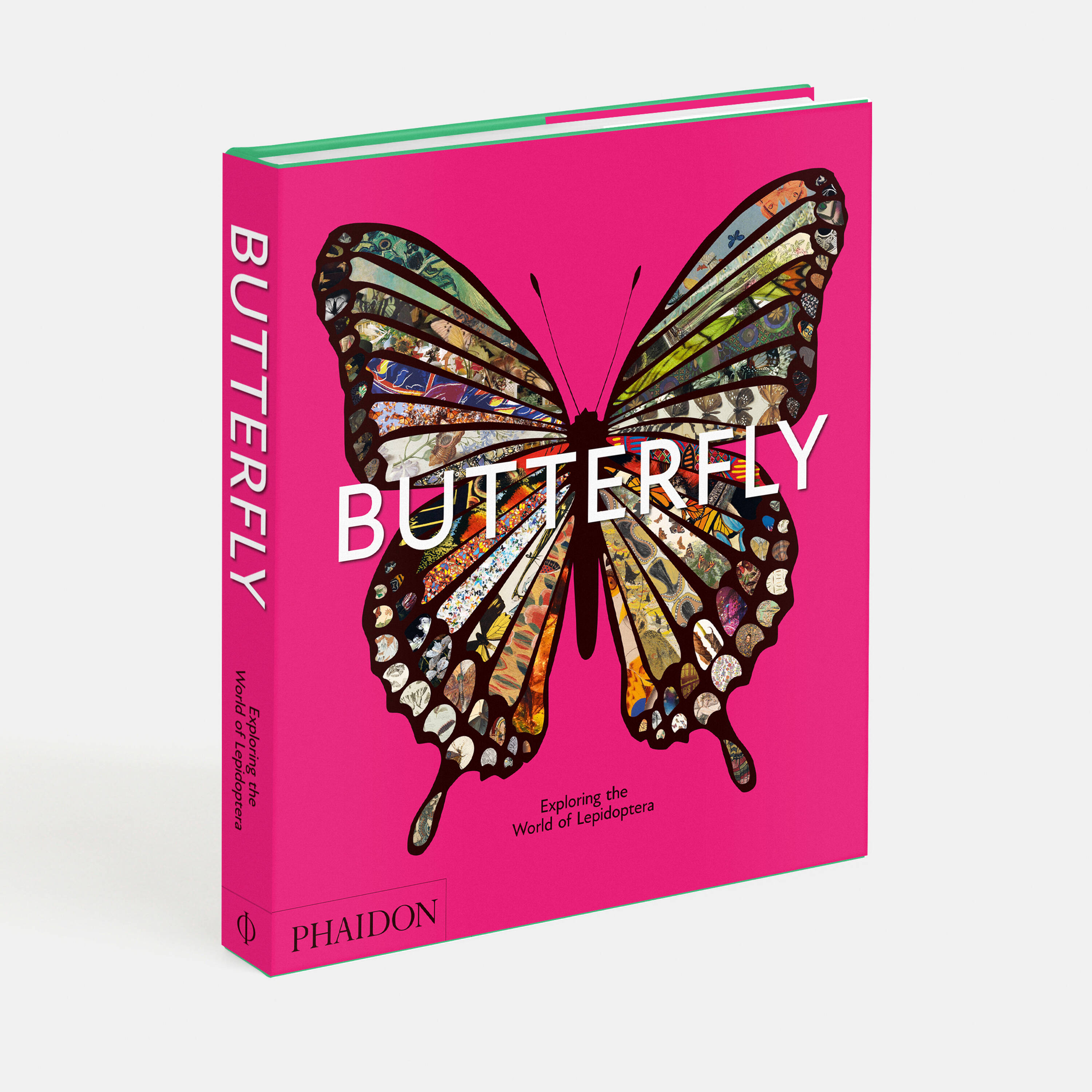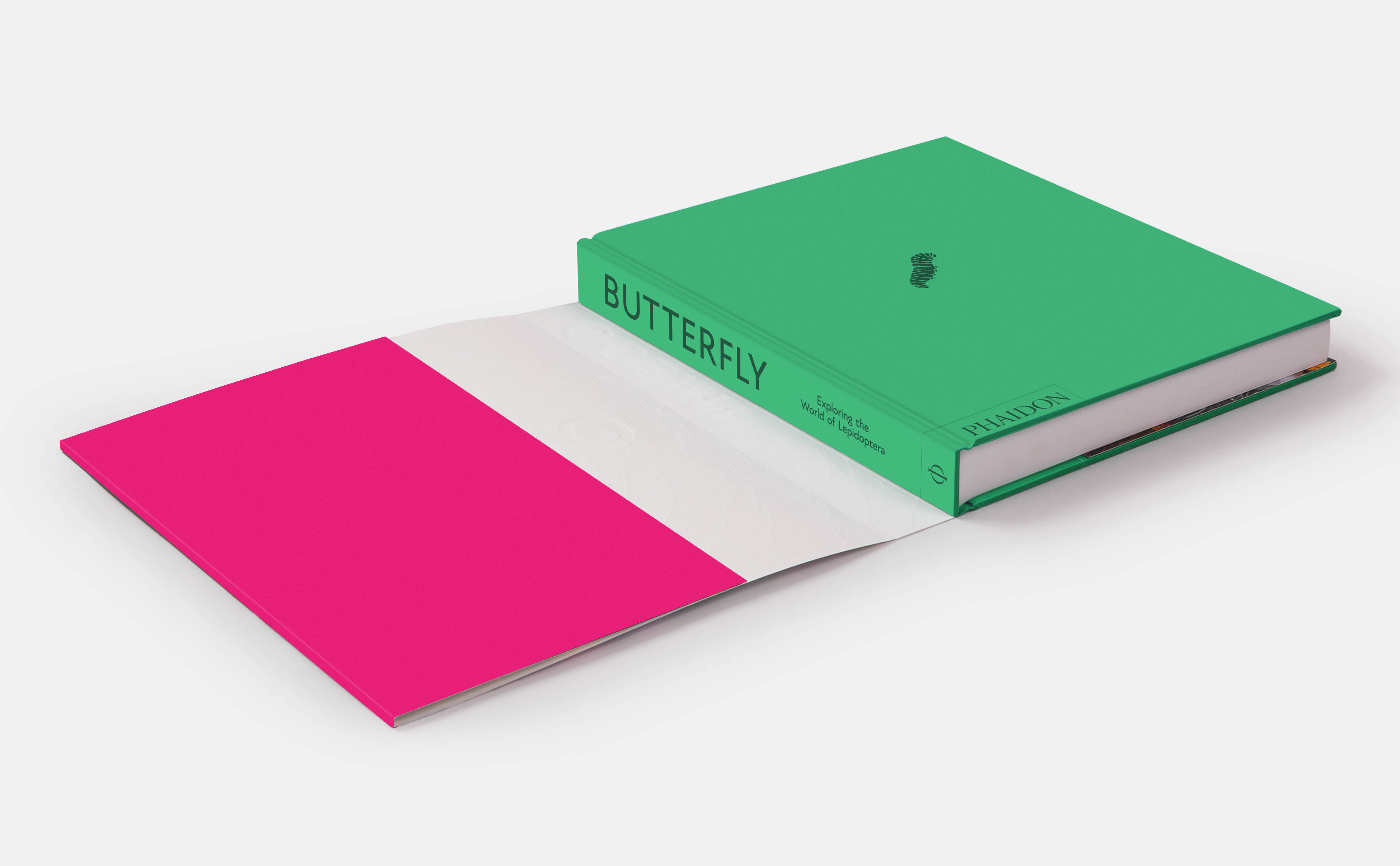
How artist Rebecca Coles got inspired by the butterflies that flutter around her Somerset home
Our new book Butterfly features over 280 images spanning four thousand years. Here is the story behind just one of them.
Loved by kids and adults alike throughout the world across thousands of years, it’s really not surprising that the butterfly has become one of the most enduring motifs in art, science and culture.
Picked by a panel of experts, the images in our forthcoming book Butterfly: Exploring the World of Lepidoptera - the latest in our Explorer series – delves into our enduring love for butterflies, caterpillars, and even that irritating enemy of expensive fashion, the moth.
Spanning a wide range of styles and media, from paintings, botanical illustrations and sculptures to nature photography, children’s books, textiles and jewellery, each image is carefully paired to highlight thought-provoking contrasts and similarities between them, over a four-thousand-year time period.

The vibrant colours in Eric Carle’s childhood classic The Very Hungry Caterpillar complement the playfulness of a butterfly-filled collage by British Pop artist Peter Blake. Meanwhile, the shape of an Obsidian Butterfly, carved into stone in fourteenth-century Mexico, matches perfectly that of a falling moth, captured in a beautiful black and white photograph by Japanese artist Chuji Yasui.
It’s a comprehensive introduction to the subject but also includes surprising or lesser-known examples for specialists. Readers will learn about metamorphosis and the life cycle of a butterfly, mass migrations across continents, giant eyespots, Batesian mimicry used to deceive predators and so much more.
 Rebecca Coles, British Masters 01, 2017. Picture credit: Courtesy of TAG Fine Arts. Recycled art books and entomology pins, 393⁄8 × 393⁄8 in / 100 × 100 cm. Mark Jason Gallery, London
Rebecca Coles, British Masters 01, 2017. Picture credit: Courtesy of TAG Fine Arts. Recycled art books and entomology pins, 393⁄8 × 393⁄8 in / 100 × 100 cm. Mark Jason Gallery, London
For our first story highlighting the book we’re focusing on the work of the British paper artist Rebecca Coles. In her work British Masters 01 hundreds of tiny multi-coloured butterflies of varying sizes - each one unique - are arranged in concentric patterns to make up a three-dimensional artwork.
Armed with just a pair of scissors and a supply of reclaimed printed matter from magazines to art books, Coles produces artworks of delicacy and detail. The inspiration for British Masters 01 is twofold: the butterflies that flutter around the yard of her Somerset home and her desire to reframe the passion for collecting and displaying dead butterflies in the nineteenth-century Victorian era for the modern age.
Repetition is a key motif for Coles, who graduated in 2002 from the Royal College of Art in London. She hand draws each butterfly onto paper that would otherwise be thrown away, before individually cutting out hundreds of tiny shapes. She then fixes them closely together to create a unique artwork, using the same fine entomology pins collectors once used to secure their real butterflies in their displays.
Coles describes her work as “a journey travelling with a pencil, paper, and a pair of scissors.” The process through which her flat, two-dimensional butterflies acquire a three-dimensional quality once they are arranged and mounted remains endlessly fascinating, echoing the transformation of a chrysalis into a butterfly.

Her work is just one of 280 images featured in Butterfly: Exploring the World of Lepidoptera, which you can see more of, and pre-order, here. Look out for more stories about the images in the book in the coming weeks.